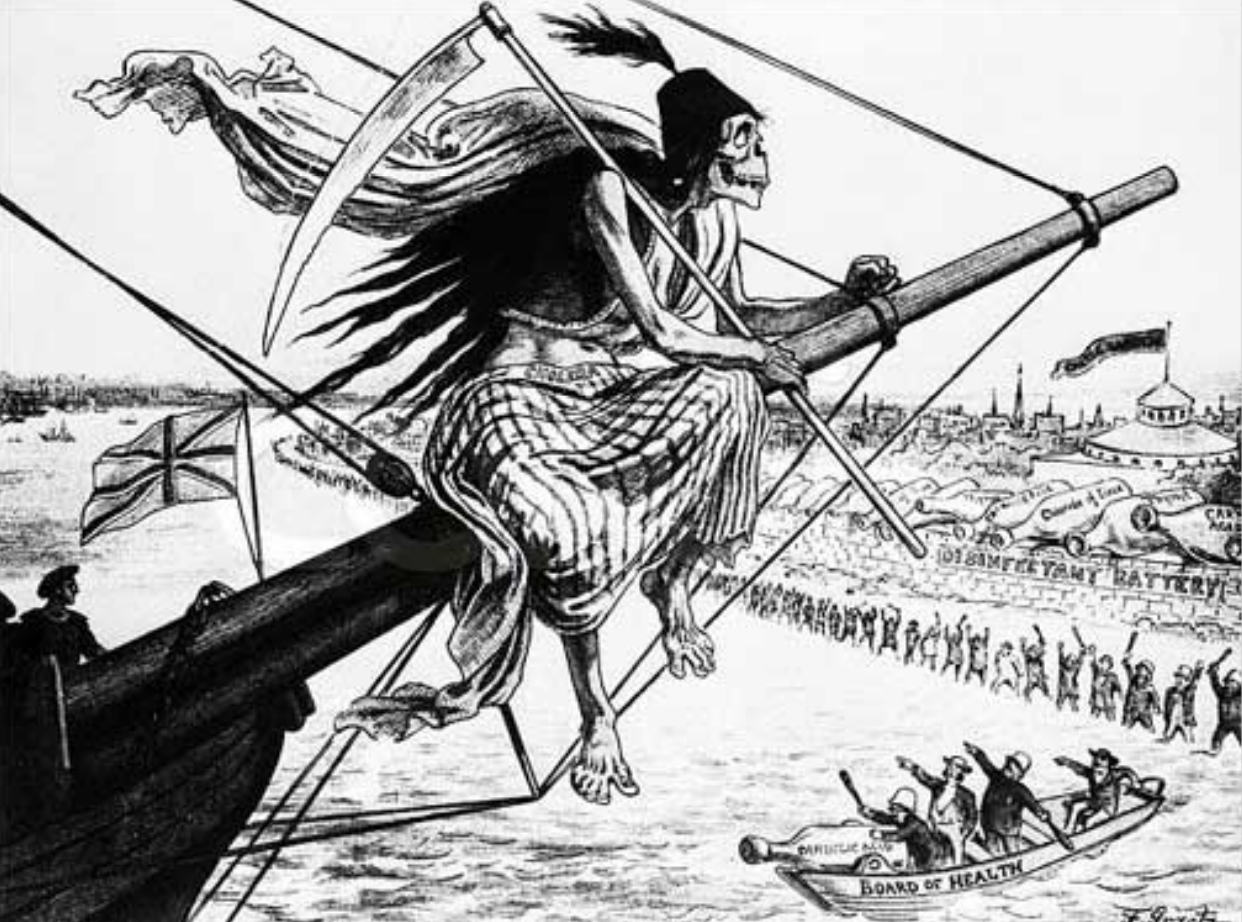We begin with the first major infectious disease epidemics that emerged from increased trade and warfare: plague, syphilis and smallpox. After discussing nutritional deficiency diseases and the creation of “tropical medicine,” we use yellow fever, cholera, plague and hookworm as case studies to analyze international efforts to control disease in the nineteenth and early twentieth centuries. As we move into the era of the two world wars, we trace global circulations of people and commodities to show how international agencies, charities and governing bodies have spread both disease and the means to fight it. The course ends with analyses of emerging infectious diseases, the transition to “global health” and student presentations. Medicine has always been a global undertaking, and its history prepares us to address emerging health crises.
Course taught in: Spring 2019

